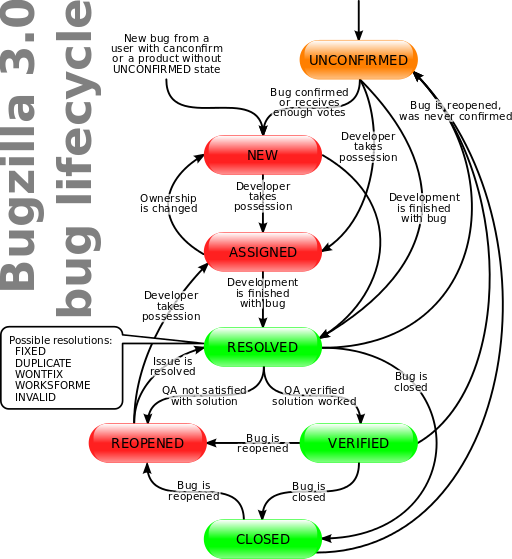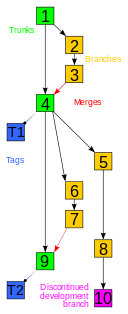It's been a while since I've discussed the area of cash management, but it is one of the most crucial — and overlooked — areas in Canadian business.
A while back, I became a Controller at a mid-sized Canadian company that was somewhat deficient in that regard:
- deposits only went to the bank when the clerk felt like it, which consisted of a drive to the local branches of two different banks.
- everything stopped when one manager or another (not just the President) demanded that a manual cheque be cut to pay an invoice he had sat on for over a month — and that was a regular occurrence!
- cheques would be written but not released, until a vendor called up to demand payment.
- bank reconciliations were done outside of the module provided by the accounting system then in place — and one bank account was discovered to be a mix of funds belonging to two separate companies!
There were other issues, but the above points really stood out. Needless to say, a major cleanup was in order:
- daily deposit runs were instituted, in order to minimize our interest costs.
- a US account was set up in order to tap into their ACH network.
- lockboxes were set up for customer payments to be routed into.
- we encouraged smaller orders to be settled by credit card in both CAD and USD, through Visa, MC and Amex (and we had to jump through hoops to set up Amex in USD!).
- we informed our customers of these arrangements, as well as giving them instructions for transmitting electronic funds transfers into these accounts.
- we set up online banking, in order to review our account transactions daily.
- we closed the two-company account, after dividing up the funds.
- reconciliations were caught up, and transactions were reviewed on a timely basis, so that the account recs could be done on the first working day of the following month!
- payables were settled on weekly cheque runs and sent out, using the accounting system's cheque issuing capabilities.
All of these were easily instituted, and resulted in some significant benefits:
- the number of cheques coming in through the mail dropped significantly and arrived less frequently, so less time was wasted in driving to the bank.
- the lockboxes allowed for funds to be credited to our accounts sooner (by 1-2 days for CAD payments, and by more than a week for USD, because the delays at Canada Post were eliminated).
- tapping into the ACH network allowed for large customers in the US to initiate direct deposits into our US account (Canadian banks, even if they put a US ABA routing number on your US cheque, are not part of this, because it is what they call a PARS number).
- getting the cheques to come off on regular runs eliminated data entry errors in the accounting system, and vendors felt more secure knowing that we were following a regular schedule.
The management there were reluctant to extend our cash management capabilities further, despite my efforts to encourage it, and that lack of imagination is one of the reasons the company is no longer in operation. What could we have done to make it better?
- expand electronic invoicing, in order to eliminate time spent in transit from suppliers and to customers.
- extending our direct deposit functions (already in place with payroll) to handle vendor payments as well, both in Canada and in the US. Other Canadian organizations, such as Ontario Power Generation, already offer this.
- transmit and receive remittance information electronically through EDI, ISO 20022 or otherwise, in order to accelerate posting to vendor and customer accounts.
- take advantage of other electronic debits available through the US ACH network.
- route wire transfers overseas through the US account, in order to take advantage of the online services available through US banks (which the Canadian banks really like to discourage, as well as overcharge).
There are some instances of companies elsewhere in the world that have set up an imaginative structure in order to really make their customer's payments be as painless as possible.
One story about a photographic distributor in New Zealand, and its dealings with customers around the world, caught my eye recently, and how it was able to wean its customers off credit card payments because of the cost and risk of fraud.
Their explanation of how it's set up in order to assure trust in its transactions really does make sense in a specialized business operating on a worldwide scale, but it might not be appropriate if your operations are concentrated in one geographic area, such as North America or Europe.




